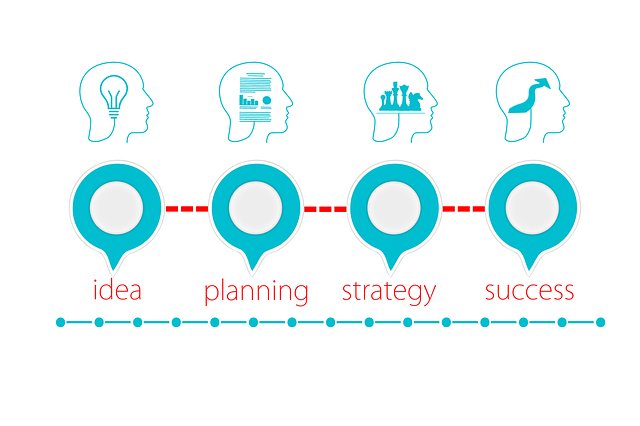Everything You Need To Know About Go To Market Strategy

A go-to-market (GTM) strategy is developed to cover new product releases.
As a result, a GTM approach is product-specific, targeted around the product, and first and foremost targets the consumer that will be involved in the product's release.
What is a Go-To-Market Strategy
The following are the steps to creating a solid go-to-market strategy framework:
Make a list of your buyer personas
Creating a buyer persona profile is important if you want to know exactly who your target market is.
Buyer personas are fictitious profiles of people who reflect your ideal customer base, and they're helpful for prospecting and lead generation.
.jpg)
Go from there by researching the types of potential customers that have the issues your product can solve.
Include your target market's demographics, habits, pain points, company type, job description, and preferred communication methods when creating buyer personas.
Determine who your target market is
Make a list of your target markets. Determining the target audiences is the first step in developing a successful go-to-market strategy. Until authorizing the services or goods that will be sold, it should be set.
It is important to provide a comprehensive understanding of the market and its challenges.
The scale of the market, geographic location, and current client base are just a few examples of factors to consider when selecting a market, followed by secondary research on market size, development, and dynamics.
Keep in touch if you'd like to learn more about our go-to-market strategy system.
The consumer concept describes the particular markets for a product or service, or groups of people that have the capacity and desire to pay for it.
.jpg)
Markets should be narrow and well-defined, but they should also have a broad enough audience to reach the product or service's revenue and benefit goals.
If many markets are being pursued, one should be prioritized over the others, and this primary goal should be expressed clearly.
Positioning of the brand
A good brand positioning strategy is the foundation of every effective go-to-market strategy framework.
It describes the brand's distinctiveness. It provides compelling reasons for people to purchase and use your goods and services.
Your company's go-to-market strategy should align with the image you're attempting to create among your target audience.
Describe your clients
The next step in developing an effective go-to-market strategy system is to get a good understanding of potential clients and their different requirements.
It's critical to have a firm grasp on which market segments the company's expertise will better represent.
Nobody in your target market can be the ideal customer for your business.
As a result, it's important to concentrate on the ones that are the perfect match for your company's expertise.
This will give you a competitive advantage. Request a proposal to learn more about our solution portfolio.
.jpg)
The customers part takes the information and research gathered to identify the market and applies it to narrow down the target audience and decide the product or service's target audience.
The organization must determine if it has any potential clients who may be sales prospects or whether it wants to find a whole new group of target customers.
The buyer should be a priority for any organization implementing a GTM strategy or enhancing its consumer acquisition process.
In a B2B GTM strategy, for example, the buyer could be the IT boss, a line-of-business (LOB) manager, or a member of the C-suite.
Segment your customers
Customer segmentation is a marketing technique that divides a customer base into groups of people that are similar in certain respects, such as age, gender, interests, and buying habits.
Buyer personas can also be created to assist a company in determining how to advertise and sell to these different consumer groups, as well as who the best-fit buyers are for the product or service.
Choose a distribution strategy
The channel or paths taken by the product or service to reach the end-user are described by the distribution model variable.
.jpg)
Indirect channels are often used in a commodity vendor's go-to-market strategy.
The commodity passes through additional steps between the producer and the consumer in an indirect distribution channel.
In an indirect channel, a product can move from a producer to a distributor and then to a wholesaler before reaching a retail store.
The product marketing and positioning aspect entails
- Determining what the product or service is,
- What the product or service does,
- How the target client will be made aware of it
- How leads will be created, both from existing customers and from defined markets.
The product message should explain how the deal meets a particular consumer need and why consumers should assume that it does so.
Customers should gain more value from the product or service than the cash value charged for it plus any added costs, according to a value proposition.
To ensure that the product or service has a unique benefit, it should be distinguished from those on the market.
Reference
Author Bio
Contributor comprises full-time and freelance writers that form an integral part of the Editorial team of Hubslides working on different stages of content writing and publishing with overall goals of enriching the readers' knowledge through research and publishing of quality content.
Article Comments
No Comments!
At present there are zero comments on this article.
Why not be the first to make a comment?
Similar Articles
Sponsor
Search Articles
Experts Column
Latest Articles
Featured Articles
Most Popular Articles












